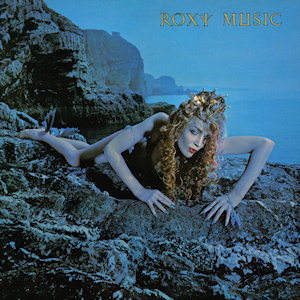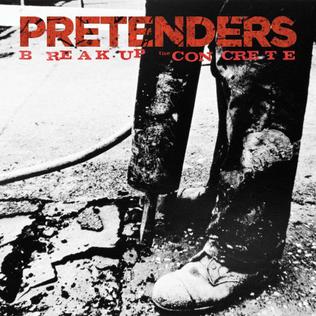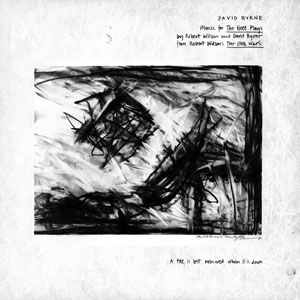Having had success with the
Batman album, Prince used his regained clout to bank another film, which he’d once again write and direct all by himself. Anyone who enjoyed
Purple Rain onscreen would be rightfully curious as well as nervous about a sequel, and unfortunately,
Graffiti Bridge did not make anybody happy.
The film sets up another battle of wits, wills, and music between the Revolution-less Kid and Morris Day, who not only still has the Time under his thumb, but the band regained Jimmy Jam and Terry Lewis, who in the real world had been bounced a few years earlier for daring to express their own ideas, only to find multimillion-dollar success producing Janet Jackson and that really hideous song by the Human League. The movie has little of the grit or charm of its predecessor; plus, being filmed inside the Paisley Park complex, it looks like it takes place entirely indoors.
This time, however, the companion album included songs by the other performers in the film—all signed to the Paisley Park record label, natch—making it more of a soundtrack. We get several songs from the Time, including a pale Xerox of “The Bird” and even “Oak Tree”, Morris’s own pale Xerox from his stillborn solo career. (For even more posturing, the Time had a full album of their own available at the same time. Pandemonium, for a change, was not entirely the work of Prince, and features a fun single in the form of “Jerk Out” and a head-scratcher called “Donald Trump (Black Version)”.) The legendary Mavis Staples sings “Melody Cool”, her character’s theme song, George Clinton helps out (kinda) with “We Can Funk” (developed from a 1984 jam with the Revolution under the more explicit title), and young protégé Tevin Campbell actually had a hit with “Round And Round”, now best known for a vocal hook sampled on the opening credits for several seasons of Top Chef.
Prince’s own songs are very mixed bag. Most came from ideas that had been percolating as far back as before 1999, and sound disjointed in the context. A foreboding spoken intro notwithstanding, “Can’t Stop This Feeling I Got” tries to get the party going, and “New Power Generation” would become more important in a couple years when he started calling his band that. “The Question Of U” is right out of left field; turns out it’s from the Parade era, and that’s probably why we like it. “Elephants & Flowers” is fairly catchy, even if the lyrics make no sense, while “Joy In Repetition” brings back the weirdness. (Surprise! It originated in that murky era when Sign "☮" The Times was a triple album under another title.) “Tick, Tick, Bang” is an annoying, noisy, sample-heavy track not as strong as the Time track that follows it, but “Thieves In The Temple”, Prince’s only hit from the album, still sounds promising. “Still Would Stand All Time” is a simmering ballad that works despite its lushness and overemoting, unlike the title track, which tries to be an anthem and misses wide right. Had he forgotten he’d sung about “The Ladder” five years before? “New Power Generation (Pt. II)” provides a nice reprise for the credits rolling in our heads.
Besides being way too long, Music From Graffiti Bridge is frustrating, and basically another step back. In the real world, rap and new jack swing were taking over. Working in a vacuum wasn’t doing him any favors, and while that’s how he put together much of his greatest stuff to begin with, at least Purple Rain exuded a gang mentality that had you rooting for him. This time around, the Morris character’s accusations that nobody understands his music get a grudging nod. All that said, the Prince songs on their own, outside of any cinematic context, are worth the trip.
Prince Music From Graffiti Bridge (1990)—3



.jpg)




